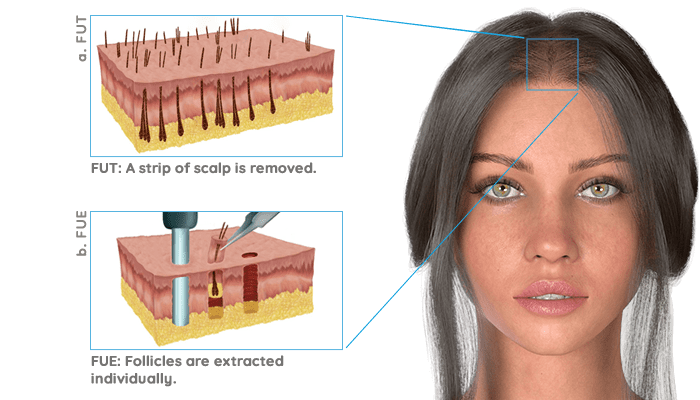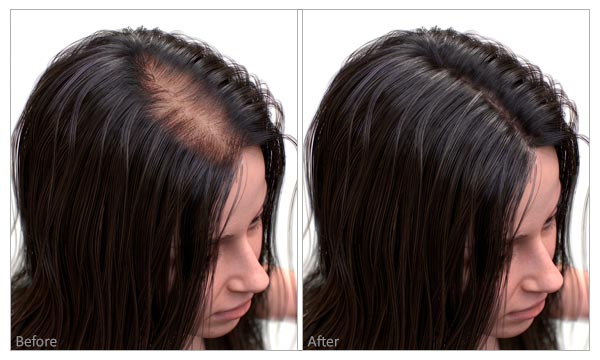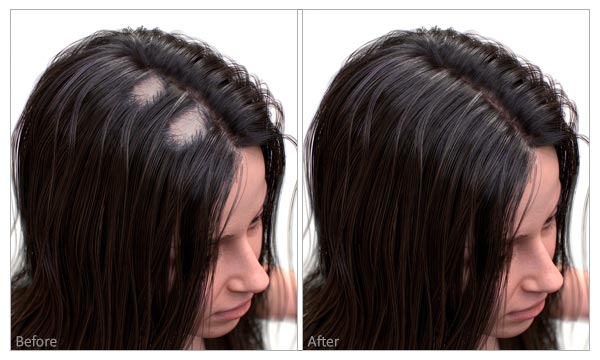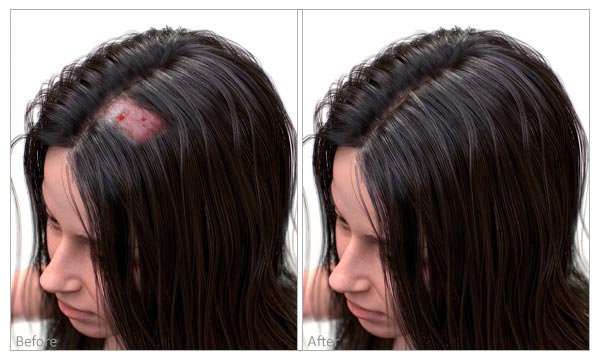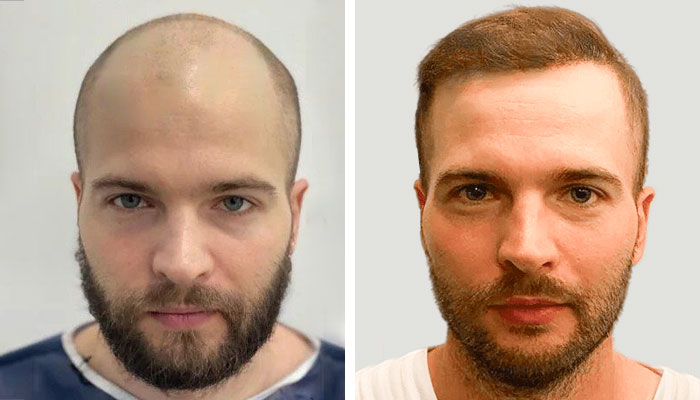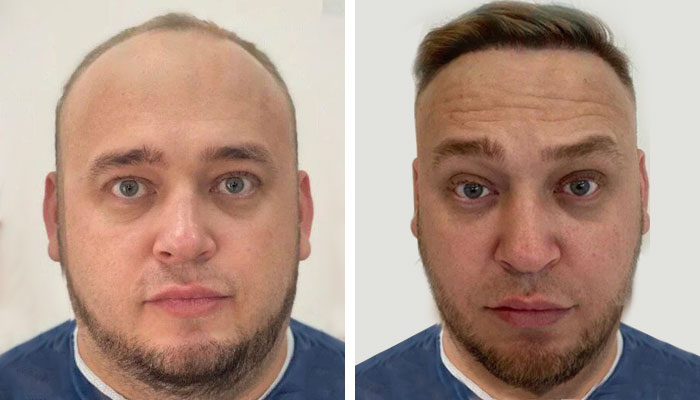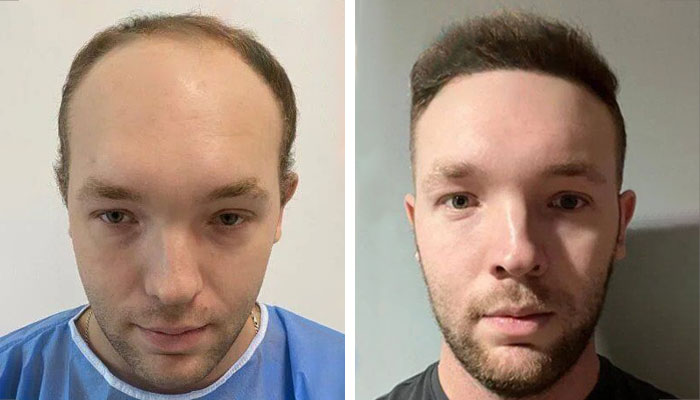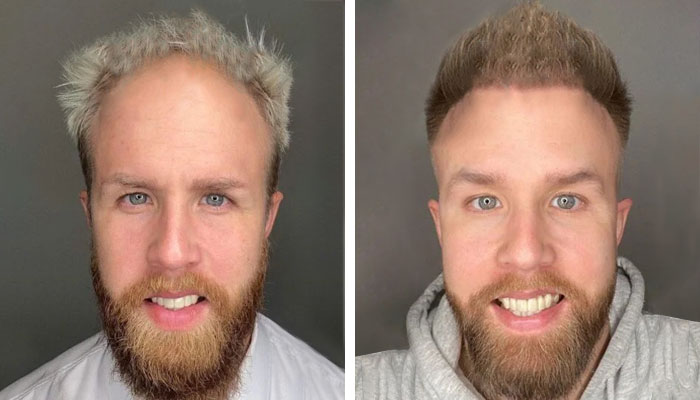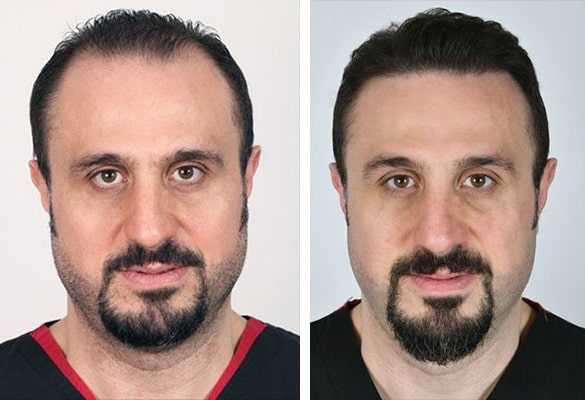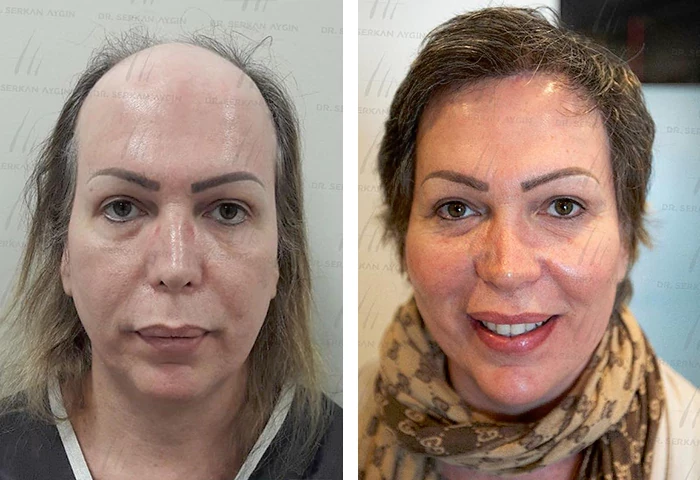Introduction
Like youth and good health, most of us take our looks for granted. That is, however, until we have lost them. The same is the case with hair, as we realize its importance for our looks and confidence only when we shed scalp hair. Fortunately, however, a hair transplant can help us regain a head full of hair.
If continuously thinning up top or going bald worries you, the procedure can be a great way to feel more confident about yourself and your looks. But before going for any treatment, talk with your doctor about everything you can expect during and after the hair transplant surgery.
What is a Hair Transplant?
A hair transplant is a practice where a surgeon moves hair from an area with good hair to a bald or thin head area. The surgeon typically moves hair from the side or back of your head and places them on the front or top of your head. Usually, the doctor performs a hair transplant surgery in a medical office under local anesthesia.
What are the Factors that Promote Hair Loss?
Hair loss causes a lot of worry among the affected individuals. It involves a large percentage of the population, comprising up to 85% of men and 40% of women, and its occurrence increases with age for both sexes. Though there are various causes of hair loss, the most common cause is androgenic alopecia (AGA), an androgen-sensitive hair loss pattern that affects both males and females [1].
The following are the causes of hair loss:
- Genetics- Baldness Pattern is usually responsible for the majority of hair loss, and this comes from your genes.
- Sex
- Dietary Habits
- Levels of Stress
- Various illnesses
- Hormonal imbalance
- Different medications
Individuals Who May Get a Hair Transplant
A hair transplant can improve appearance as well as self-confidence. Individuals who can go for a transplant procedure are those who;
- Suffer from increased degrees and patterns of baldness.
- Are annoyed by having thin hair, or having lost some hair from trauma, burn, or scalp injury
- Want to change their hair color — such as going from light hair to dark ones.
However, people above the age of 25 only can get hair transplantation done. [2]
Individuals Who Should Not Get Hair Transplant
Unfortunately, there are some conditions where a hair transplant is usually not performed as it does not work well. These include females with extensive hair loss throughout the scalp, individuals who don't have sufficient "donor" sites for the surgeon to extract hair for the transplant, and people who tend to form thick, fibrous scars after injury or surgery, such as a keloid scar.
In addition, people with skin conditions like pemphigus and vitiligo, those with hair loss due to some treatment such as chemotherapy medications, as well as those with a history of psychiatric problems also can’t get a hair transplant [3]. Finally, some patients are just not healthy enough for the surgery. For example, a patient with uncontrolled high blood pressure, bleeding disorder, or uncontrolled diabetes is not a good candidate.
What Happens During a Hair Transplant?
After carefully cleaning your scalp, a surgeon numbs your required head area using a small needle with local anesthesia. Then they obtain hair follicles for the transplant. Two primary techniques used to obtain follicles are [4]
Follicular Unit Transplantation (FUT) — FUT
In this method, the surgeon uses a scalpel to make several inches-long incisions on the scalp and cuts out a part of the skin from the back of the head. The incision is then closed with the help of stitches.
The next step is to isolate the removed part of the scalp and separate it into numerous small segments called grafts using a sharp surgical knife and a magnifying lens. When implanted, these segments help attain natural-looking hair growth. There are two main types of grafts:
- Slit grafts- usually comprise 4 to 10 hairs per graft
- Micro grafts- typically include 1 to 2 hairs per graft. It depends on the degree of coverage needed.
The advantages of FUT over FUE are that it has a shorter operative time, less transection rate (accidental cutting or harming of the hair bulb), and is less tiring and time-consuming [5].
Follicular Unit Extraction (FUE) — FUE
In the FUE procedure, hundreds to thousands of tiny punch incisions are made at the backside of the head, and the hair follicles are cut out directly. Then, the surgeon uses a blade or needle to make tiny holes in the zone of your scalp that's getting the hair transplant and smoothly places the hair in the pits. The doctor may transplant hundreds or even thousands of hairs in one treatment session.
After the grafting, bandages or gauze will protect and cover your scalp for a few days. A hair transplant session can take up to 4 hours or more. The stitches are removed about ten days after the surgery. Some advantages of FUE over FUT include
- Not visible scarring on the donor site
- An increased number of harvestable grafts
- Donor site laxity and density are not a significant deterrent
- Post-operative pain and healing time are also less [6]
You may need up to three to four sessions to achieve your desired full head of hair. Sessions are kept a few months apart to allow each transplant to heal completely.
What Happens After a Hair Transplant?
The scalp may become quite sensitive after a hair transplant is done. Along with wearing bandages for some days, the doctor may prescribe painkillers, antibiotics, and anti-inflammatory medications to prevent infection and swelling. The doctors may also prescribe minoxidil (Rogaine) or finasteride (Propecia), the hair growth medications. They prescribe these medications to not only enhance and improve hair regrowth but also aid in slowing or stopping hair loss in the future.
Most individuals can return to work after a few days of surgery. The transplanted hair falls out after about 2 to 3 weeks of the procedure, allowing new hair growth. Most individuals will see new hair growth about 8 to 12 months after the surgery.
Complications Associated with a Hair transplant?
The side effects from a hair transplant are generally minor and clear up within a few weeks. They include
- Pain, bleeding, or swelling of the scalp
- Infection at the transplantation or donor site or Folliculitis (Inflammation or infection of the hair follicles)
- Epidural cyst
- Bruising around the eyes
- A crust that forms on the zones of the scalp where hair was detached or implanted
- Numbness on the treated areas of the scalp
- Itching
- Temporary loss of the transplanted hair
- Unnatural-looking hair [7]
What is the Long-Term Outlook?
Often, hair may fall out after the transplantation. But new hair will regrow in the transplanted hair follicle. This may take some time before you can experience the new hair growth. The amount and success of hair coverage in a treated area depend on the number of hair follicles that remain healthy after the transplant. The new hair can appear more or less dense depending on the following:
- Scalp tolerance
- The density of hair follicles in the transplanted area
- The elasticity of your scalp
- Hair quality and curls in hair
- Hair loss – It can occur if you discontinue medications such as minoxidil or finasteride,
All in all, discussing the expected results with your surgeon and is essential for clear expectations of your hair transplant.
Is a Hair Transplant Painful?
The good news is that the hair transplant is pain-free.
At the beginning of the procedure, the part of your scalp on which the surgeon will be working and focusing is numbed using an injection of a local anesthetic. As a result, besides a little pressure or some movement sensations, you will feel no pain during the procedure.
During the recovery, however, you may feel pain or discomfort at the incision points, and this is because your body starts to heal and recover. Your doctor will likely discuss the most appropriate ideas to manage pain and other ways to reduce the risk of adverse side effects.
Is A Hair Transplant Worth It?
A hair transplant procedure is excellent for people who don’t benefit from traditional therapies and can afford the high cost of this treatment. Hair transplant surgery has relatively lower risks than other surgeries; however, there is always a possibility that your hair regrowth may be minimal.
However, if this is a procedure you are interested in, your doctor has recommended it, or the potential rewards are more significant than the costs and risks, a hair transplant surgery is definitely worth it.
Takeaway
If you suffer from severe hair loss or hair thinning, many treatment options can help you get your lost confidence back. If you have tried different treatments but they failed to show any benefits, talk to your doctor. If your doctor deems you a fit candidate for the transplant and thinks you're likely to see optimal results, this may be a process worth considering.

